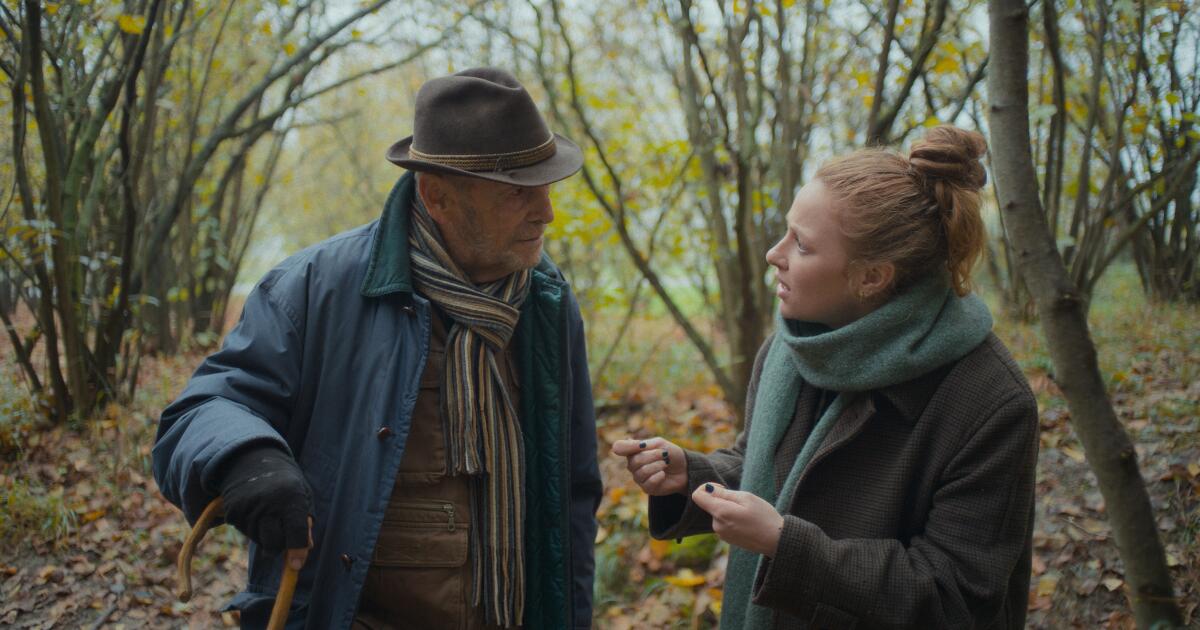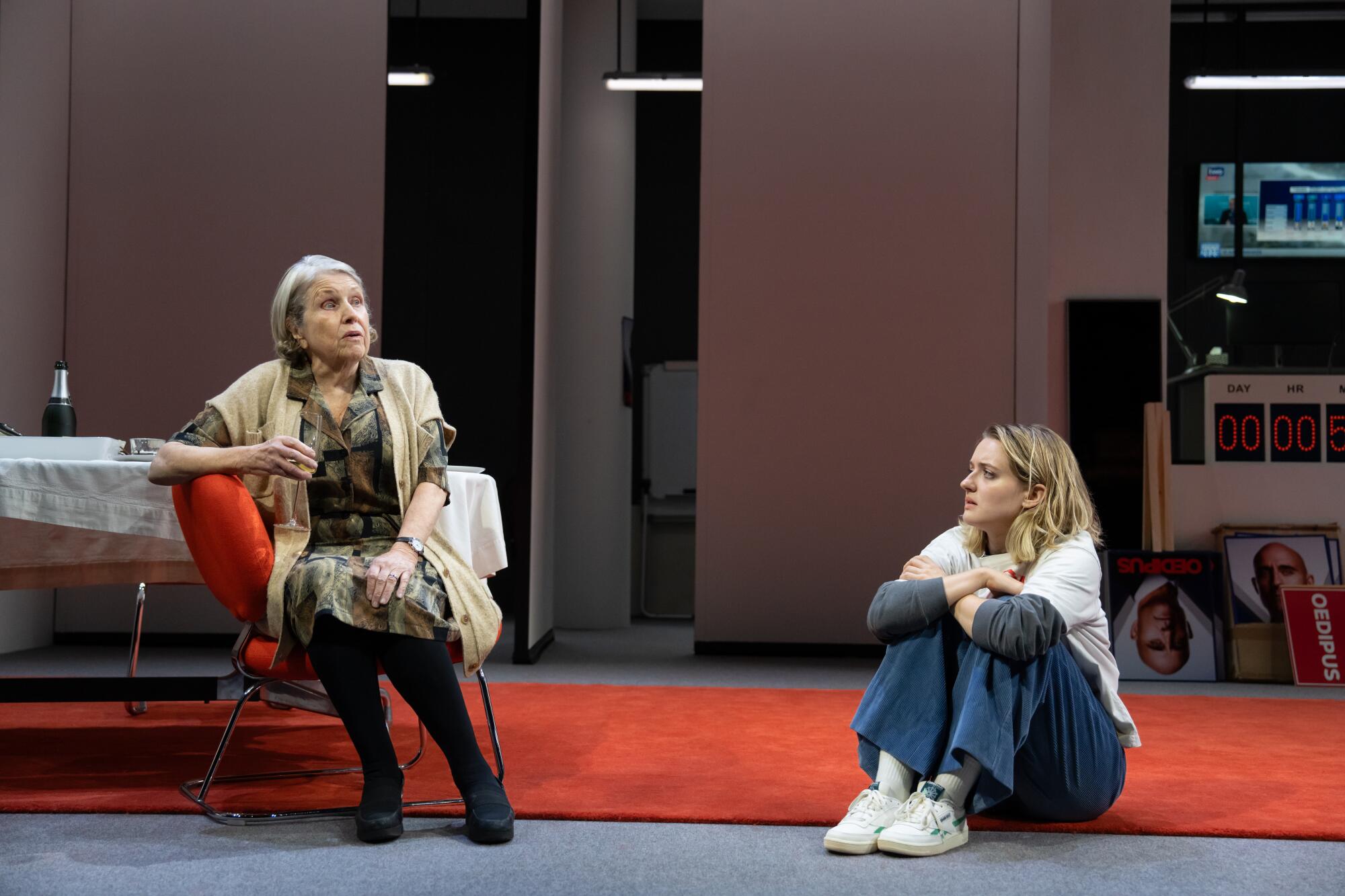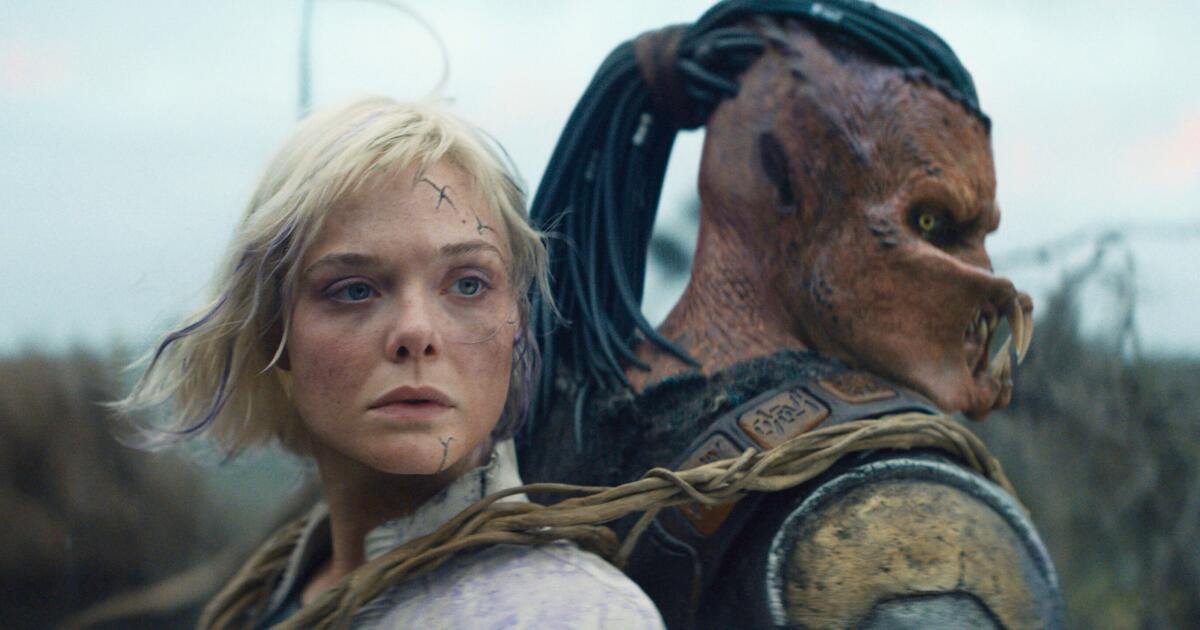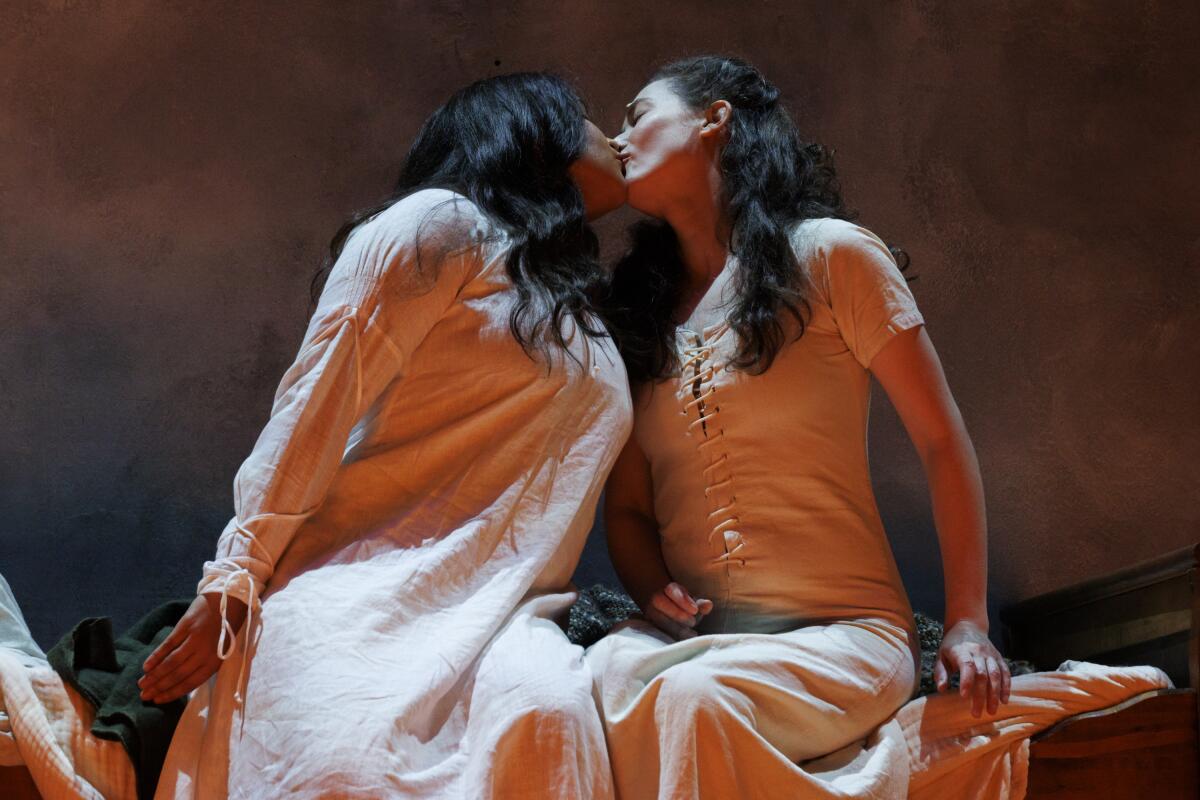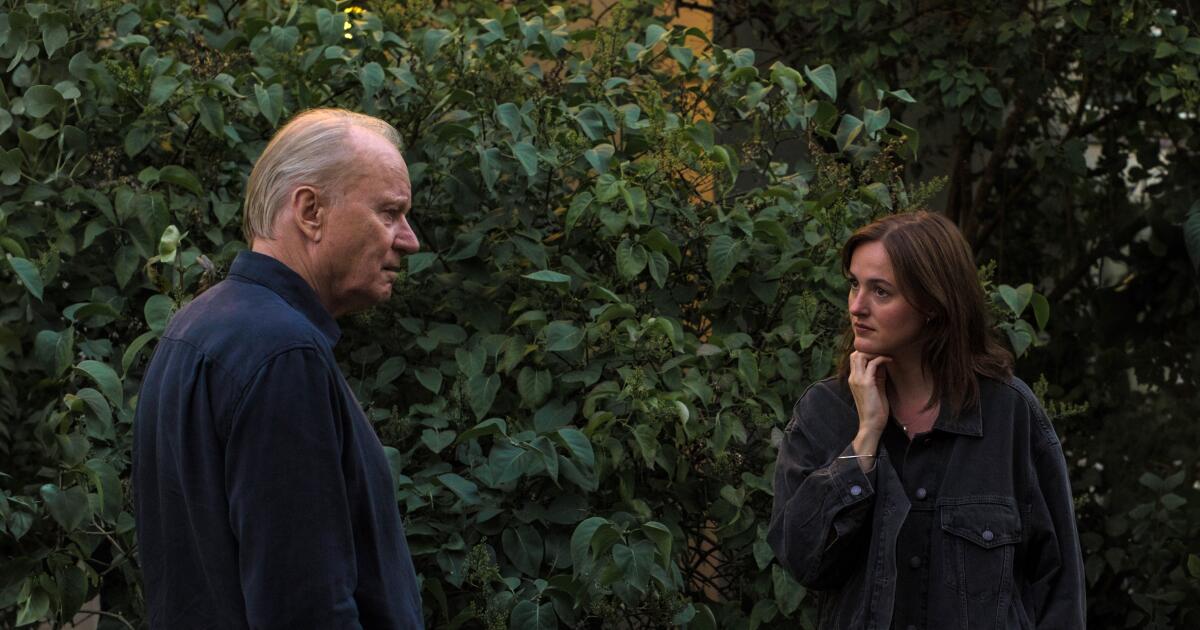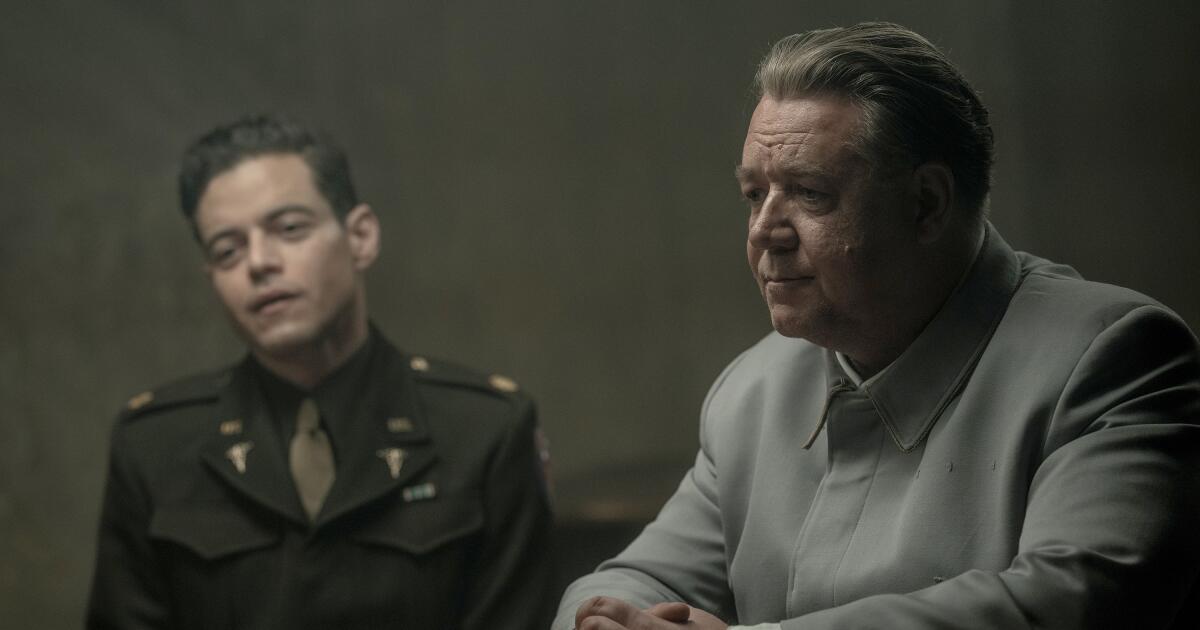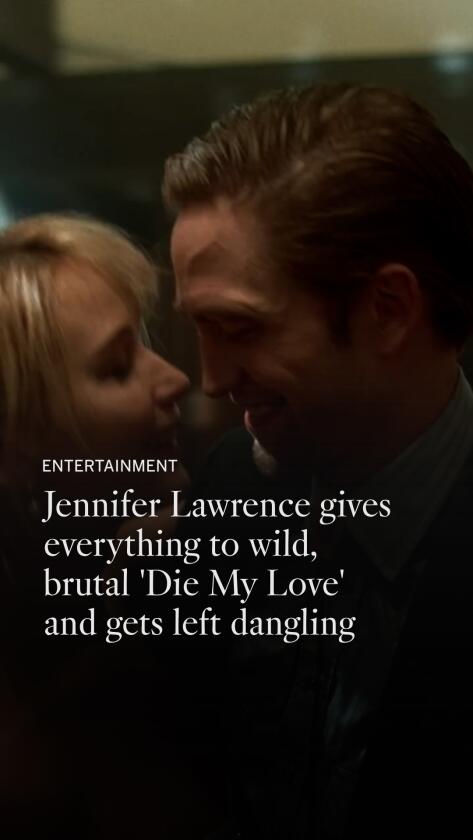Escape to the Dolomite mountains in northern Italy this winter for stunning scenery and rooms with a view at this striking treehouse spa hotel
There’s certainly something magical about being in the mountains at this time of year, and if you’re looking for an upmarket alpine escape, Brixen in Italy’s Dolomites region ticks all the boxes.
South Tyrol’s oldest town, Brixen – also known as Bressanone – is a popular destination for domestic and international holidaymakers alike, who come for skiing in the winter and walking in the summer. With German as the locals’ first language, the region feels much more Austrian than Italian. It was, in fact, part of Austria-Hungary until the end of the First World War.
If you’re lucky enough to have snow when you visit, Brixen will look like a scene from a snowglobe, with medieval churches, traditional Christmas markets and a festive light and music show held throughout the small town.
Brixen is easily accessible from Bolzano, Innsbruck, Venice and Verona airports, but if the flights work for you, do try to fly via SkyAlps, South Tyrol’s very own airline, direct from London to Bolzano. The journey is a delight, and you’ll feel like you’ve gone back to a golden age of aviation as you board the little propeller plane, which carries no more than 76 passengers. Drinks and snacks (many of which are local to the region) are complimentary, and you get to enjoy stunning views of the mountains as you fly over them.
My Arbor hotel
The My Arbor hotel, a few kilometres uphill from Brixen, has the wow factor as soon as you pull up to it. Perched on the side of a mountain, half of the hotel is raised up on what look like impossibly spindly stilts, as if the architect sketched a design for a treehouse after watching War Of The Worlds . The result is modern yet also completely in tune with the surrounding nature.
The ‘tree hotel’ theme continues as you step through the front door, with huge trunks hanging from the ceiling of the spacious lobby, leading onto a terrace that opens out onto views of the valley below.
The bedrooms are wood-panelled too, in a contemporary chalet-style design. The highlight is the huge daybed in the windows of the rooms, putting you right among the treetops as you lounge with your morning coffee, watching the clouds clear off the mountains in the distance. For total luxury, you can stay in one of three Treetop Suites, which have private terraces and their own whirlpool hot tubs.
The spa at My Arbor
The Spa Arboris is the star of the show at My Arbor, with two entire floors dedicated to wellness, and it’s clearly popular with guests. The first floor allows clothing and has a large indoor/outdoor pool, sauna and plenty of beds. But if you want to embrace German spa culture and leave your swimsuit and your inhibitions behind, then head down to the ‘textile-free’ floor (no one is looking, trust us), where you’ll find lots more saunas, steam rooms and an outdoor hydropool. It’s down here where ‘sauna infusions’ take place four times a day too, involving intense heat, powerful music and essential oils.
Outside, cosy heated ‘cuddle nests’ can also be booked for two-hour periods, filled with snuggly blankets and uninterrupted views.
My Arbor

A striking treehouse-style hotel in Italy’s beautiful South Tyrol, with stunning views, seven-course dinners and a world class spa.
The food at My Arbor
Most guests at My Arbor stay half-board, and you certainly won’t go hungry here. Dinner consists of a seven-course menu with a changing theme every night, alongside buffet salads, cheese boards and desserts. To accompany it is a huge wine list that the helpful staff are only too happy to advise on. Impressively, our waiter expertly talked us through the 600-bottle offering in English, his third language.
At breakfast you’ll find a selection of all the usual continental favourites – breads, meats, cheeses and pastries – as well as healthier options such as kefir water, freshly squeezed blueberry juice and different flavours of porridge every day.
What to do around My Arbor
The Plose ski resort and cable car is nearby, but locals tell us it’s not one of the Dolomites’ major ski destinations. Instead, most visitors come for the walking, with dozens of picturesque, well-signposted trails around the area. We visited earlier in the year, so our hiking routes felt like scenes straight out of The Sound Of Music , taking us past wildflower meadows, bleating baby goats, ancient churches and trickling streams. We don’t think it gets any more idyllic than that.
How much does it cost to stay at My Arbor?
Rooms at My Arbor start from about £225 per person, per night. SkyAlps operates flights from London Gatwick to Bolzano three times a week, from around £140 each way. Children under two travel free of charge.


